| PRODUCT NAME:Ceftriaxone Sodium |
| STRENGTH:0.25g/Ampoule |
| PACKING DETAILS:10Ampoules/box |
| STORAGE:Store in a cool and dry place below 25oC, protected from light. |
| SHELF LIFE:24 months |
| REGISTRATION DOSSIERS ARE AVAILABLE. |
| CONSIGNMENT MANUFACTURING, BRAND OEM/ODM SERVICE IS AVAILABLE. |
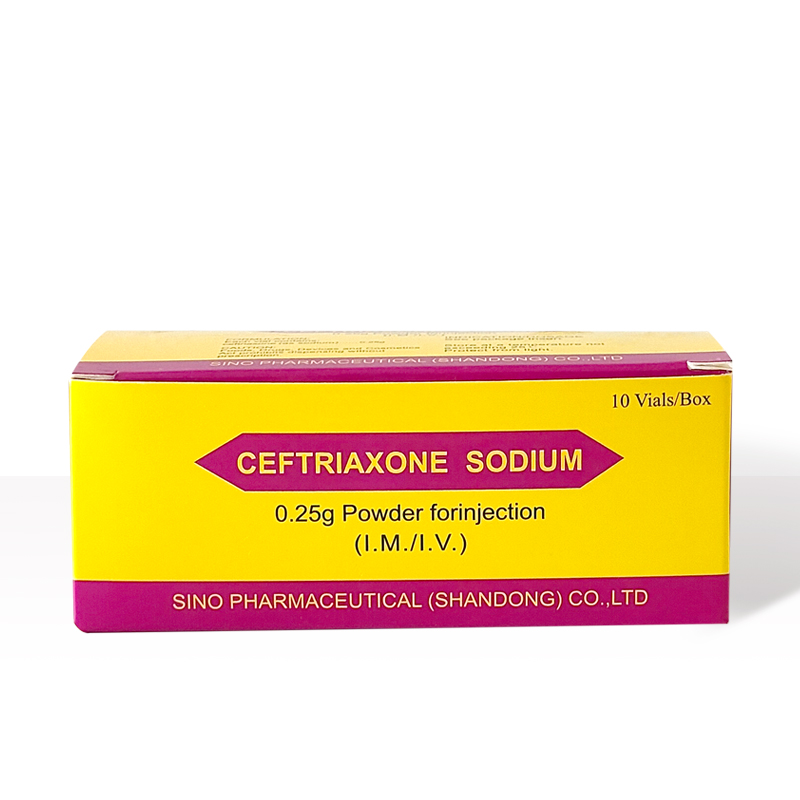
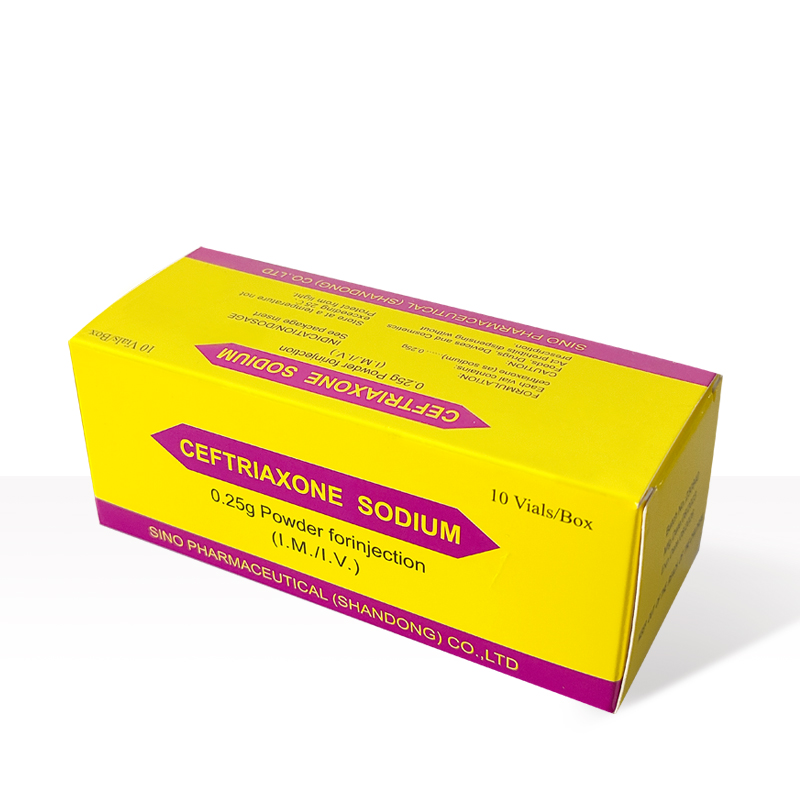
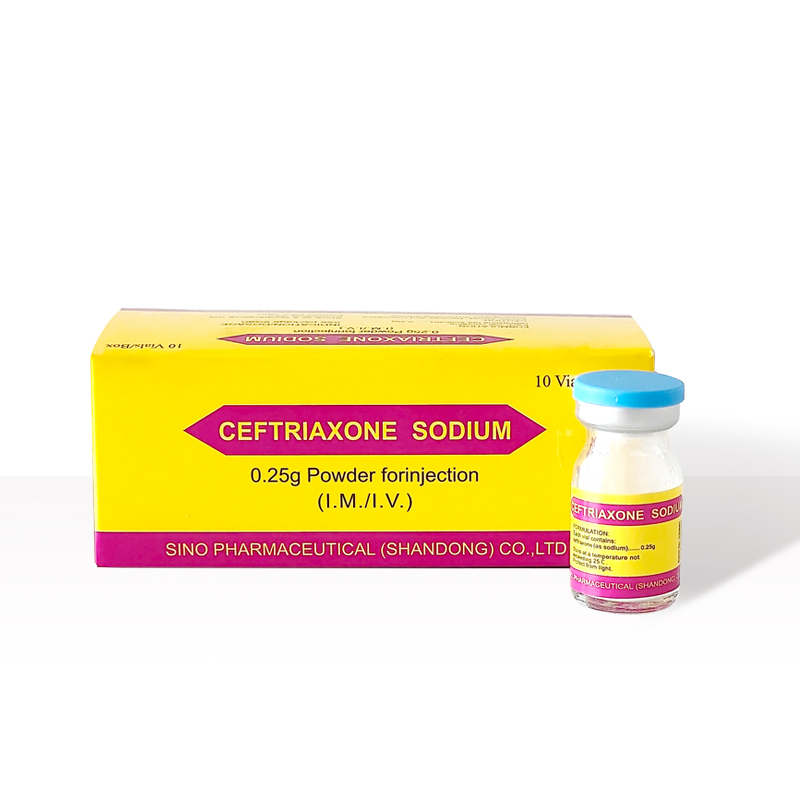
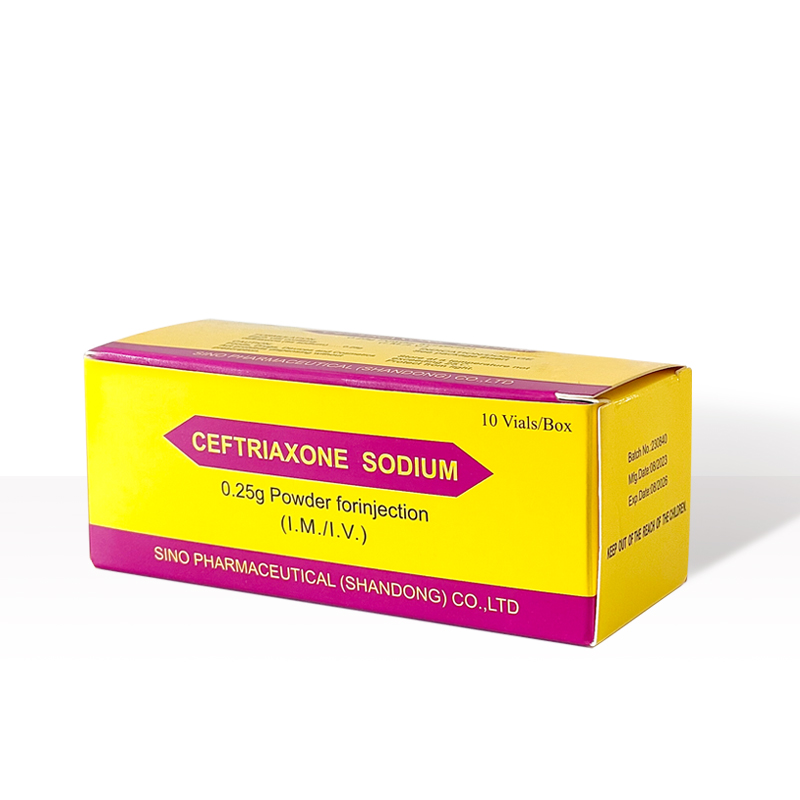
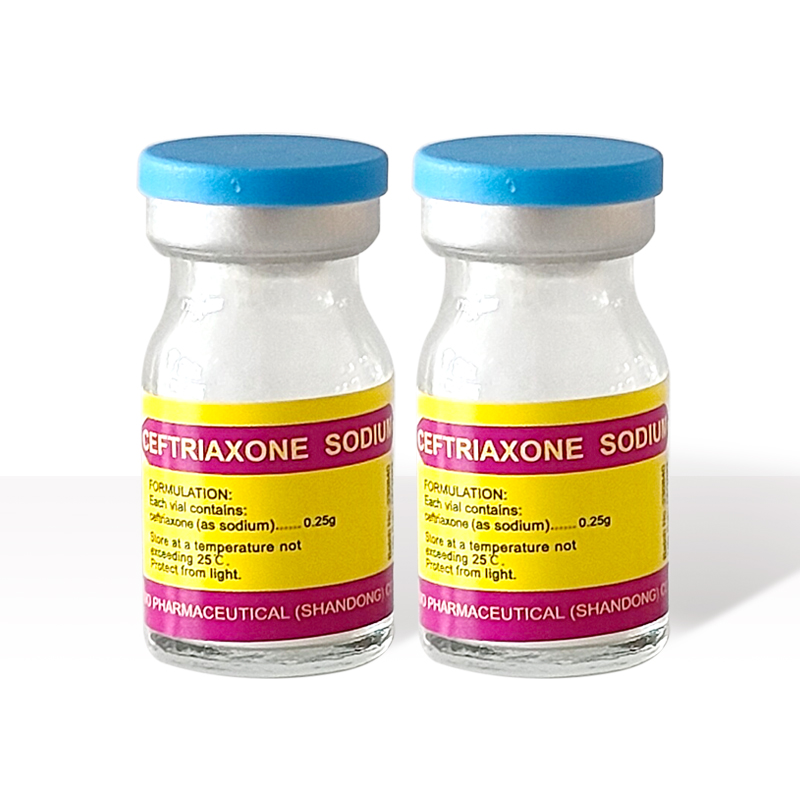
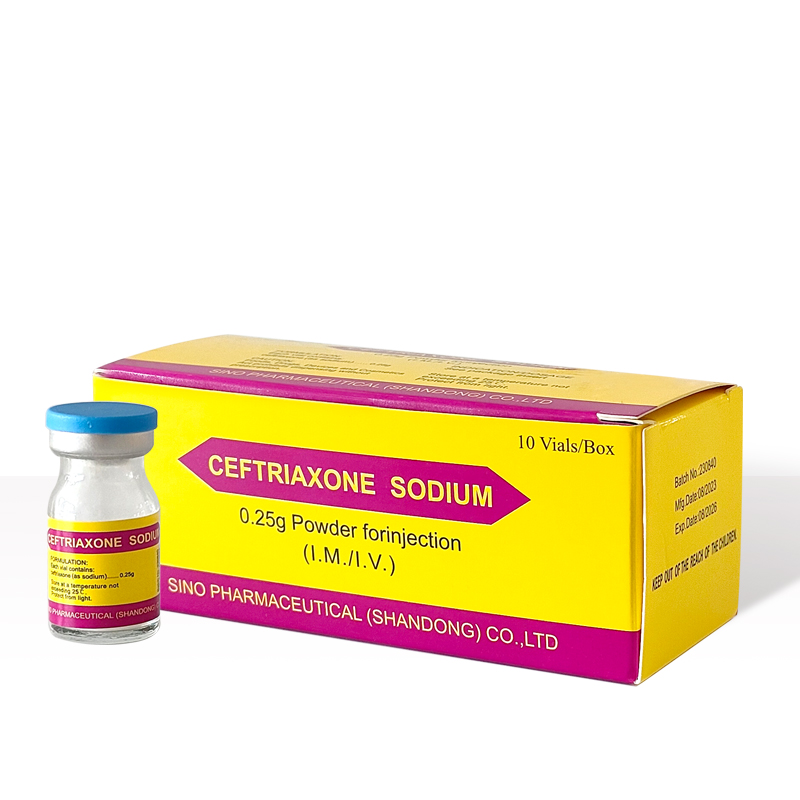
Mechanism of Action
Ceftriaxone sodium is a third-generation cephalosporin antibiotic that exerts its bactericidal effect by inhibiting bacterial cell wall synthesis. It binds to penicillin-binding proteins (PBPs), which are essential enzymes involved in the final stages of cell wall assembly. By disrupting the cross-linking of peptidoglycan chains, ceftriaxone weakens the bacterial cell wall, leading to cell lysis and death.
Uses
Ceftriaxone sodium injection is indicated for the treatment of a wide range of bacterial infections, including:
- Respiratory tract infections (e.g., pneumonia, bronchitis)
- Urinary tract infections (e.g., cystitis, pyelonephritis)
- Gastrointestinal infections (e.g., enteritis, peritonitis)
- Skin and soft tissue infections (e.g., cellulitis, abscesses)
- Bacterial meningitis
- Septicemia (bloodstream infections)
- Bone and joint infections
- Gonorrhea.
Dosage and Administration
Adults:
- The usual daily dose is 1 to 2 grams, given once daily or in divided doses every 12 hours. The total daily dose should not exceed 4 grams.
- For preoperative use (surgical prophylaxis), a single dose of 1 gram administered intravenously ? to 2 hours before surgery is recommended.
- Children:
- For children, the dosage is typically 50 to 75 mg/kg/day, divided into doses every 12 hours. For meningitis, the recommended dose is 100 mg/kg/day, divided into doses every 12 hours.
- Neonates:
- In neonates, the dose is usually 20 to 50 mg/kg/day, divided into doses every 12 hours.
- Administration:
- Ceftriaxone can be administered intravenously or intramuscularly. For intravenous administration, it should be infused over a period of 30 minutes. When administering to neonates, a 60-minute infusion is recommended to reduce the risk of bilirubin encephalopathy.
- Important Notes:
- Ceftriaxone should not be mixed with calcium-containing solutions due to the risk of precipitation and potential for severe adverse effects, such as bilirubin encephalopathy in neonates.
- No dosage adjustment is necessary for patients with renal or hepatic impairment.
Storage
Ceftriaxone sodium injection should be stored at room temperature, typically between 15°C and 30°C (59°F to 86°F). It should be protected from freezing and kept in a dry place.
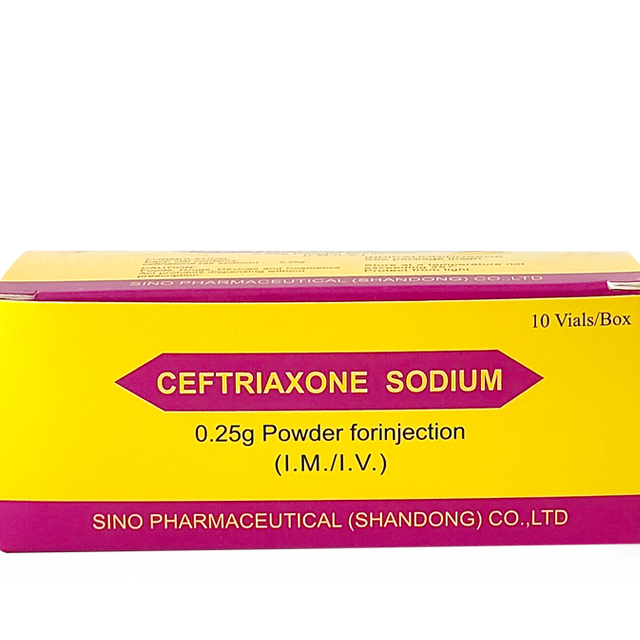








 2006-2025 上海博華國際展覽有限公司版權(quán)所有(保留一切權(quán)利)
滬ICP備05034851號-57
2006-2025 上海博華國際展覽有限公司版權(quán)所有(保留一切權(quán)利)
滬ICP備05034851號-57